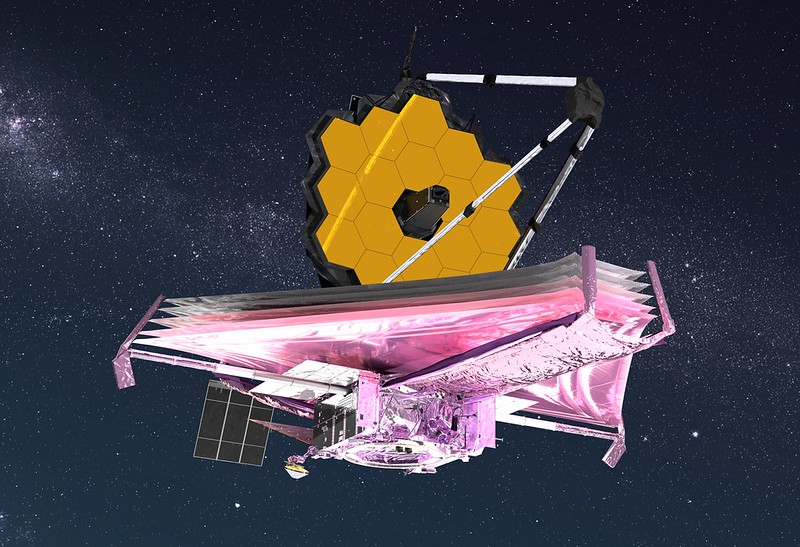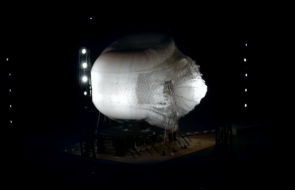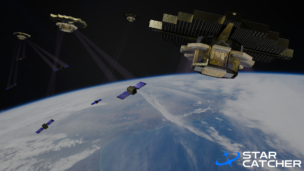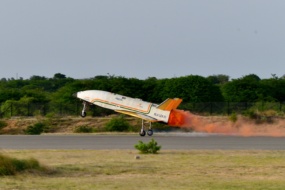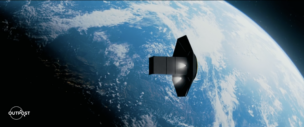Earlier this year, we held our breaths for weeks as the super-powerful and highly delicate JWST made a galactic journey a million miles away to its final orbit and unfolded all its individual components. The observatory had 344 single points of failure in its deployment phase.
In January, NASA announced that the telescope had fully deployed, and we breathed a sigh of relief, thinking the dangerous part was over.
How could we forget about the space rocks??
Yesterday, NASA made an announcement that a micrometeoroid about the size of a speck of dust struck one of the space telescope’s golden mirrors. The speck made impact between May 23 and 25. So far, NASA says that it has made a minor difference in the telescope’s data readings, but that the telescope is still performing at a higher level of precision than the NASA team expected.
Preparing for impact: “We always knew that Webb would have to weather the space environment, which includes harsh ultraviolet light and charged particles from the Sun, cosmic rays from exotic sources in the galaxy, and occasional strikes by micrometeoroids within our solar system,” said Paul Geithner, technical deputy project manager for JWST, in a NASA blog post.
The JWST team at NASA conducted impact tests on mirror segments before the telescope launched to see how a potential micrometeoroid impact might affect the telescope’s data collection. The May impact was “beyond what the team could have tested on the ground,” per the blog post, but still not unexpected.
Each component of the telescope’s primary mirror is controlled by a series of actuators, which can make tiny corrections to the mirror’s position. These can make up for some of the damage caused by the impact.
- The telescope is designed to be robust and last for quite a long time despite natural, gradual degradation from micrometeoroid impacts.
+ While we’re here: We talked to Geithner in January about the 20 years spent building JWST and how the instruments work. Read the full story here.
